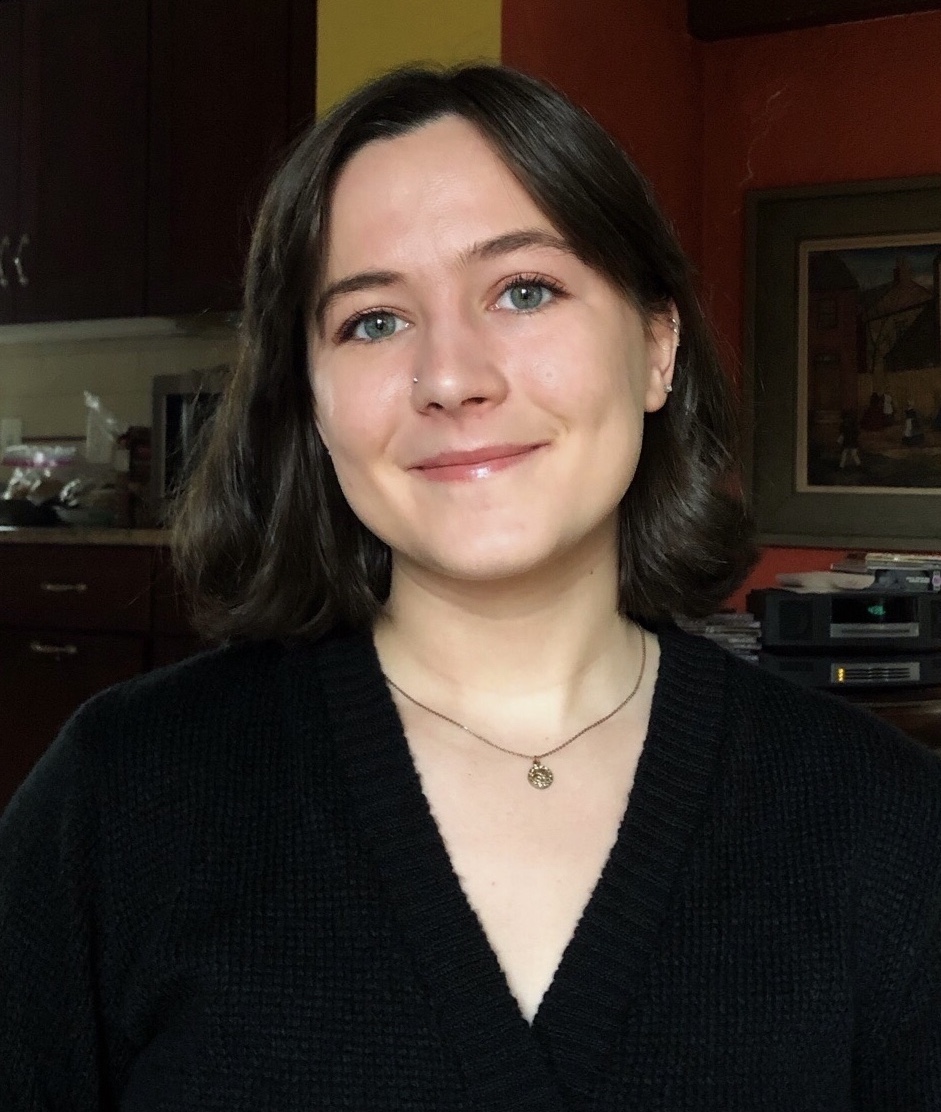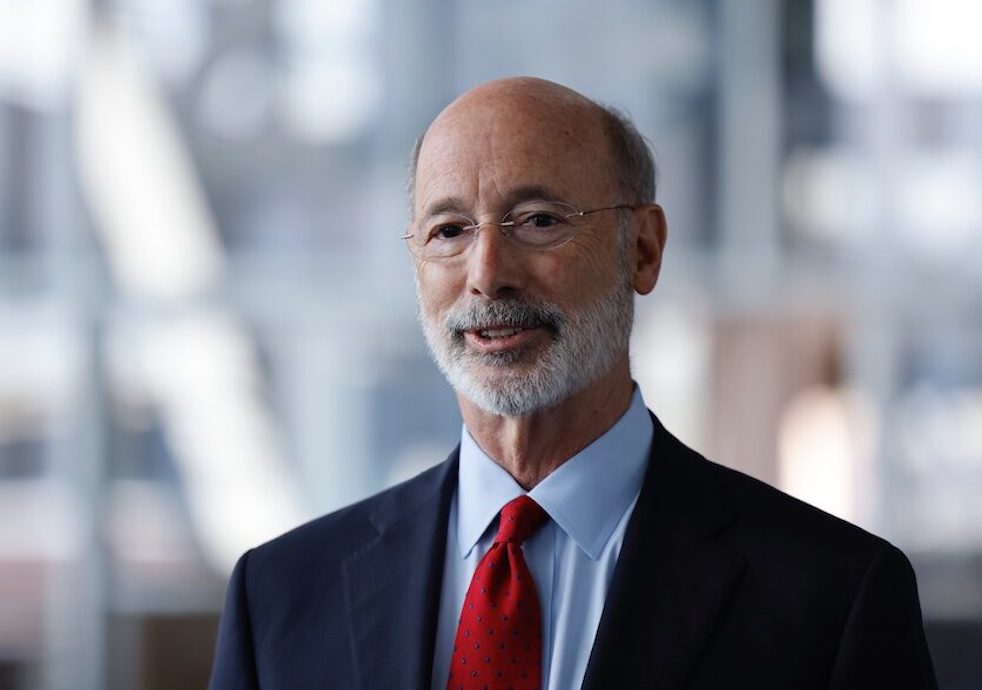With more money and attention focused on spreading broadband access in the United States, public officials are finally outlining concrete plans of what efforts they’ll prioritize as funding becomes available.
Keystone Research Center held a press conference this morning with the 99% PA campaign, ReImagine Appalachia, PA League of Women Voters and State Rep. Pam Snyder to discuss just that, and convene strategies for how to bring the most funding possible.
Snyder, of Pennsylvania’s 50th district in the southwest, is one of 11 people recently appointed by Gov. Tom Wolf to the Pennsylvania Broadband Development Authority. The entity will manage at least $100 million in federal funding for the rollout of broadband internet statewide within the state’s Department of Community and Economic Development.
In addition to Snyder, both Indiana University of Pennsylvania sociology professor Susan Boser and Keystone Research Center Executive Director Stephen Herzenberg shared remarks in the panel discussion. Boser is also a member of the PA League of Women Voters while Herzenberg also serves as the chair of ReImagine Appalachia.
Boser, whose work specializes in the impact that a lack of high-speed internet can have on the economy, underscored the dire need for this funding. A lifelong rural resident herself, she said, “I’ve had the opportunity — sad opportunity — to see the impact that the deindustrialization that took place across the US, but that hit the rural areas very hard in the 1970s.”
Without broadband, it’s hard for a diversity of businesses to set up shop in rural communities, and has especially created difficulty with the increase of internet-based schooling and homework, Boser said. Telemedicine, too, poses a solution to rural hospital closures over the past several decades — but only if there is connectivity in rural communities to support it.
“This isn’t just about the quality of people’s lives, although it certainly is that,” she said. “It’s also very much about the tax base that’s available. It’s about the additional need for human services for the people who live in these areas. And there are costs that come with that, as well. So, the opportunity to have this money available could be a significant game changer for rural Pennsylvania.”

PA State Rep. Pam Snyder. (Photo via Facebook)
Snyder echoed those sentiments, particularly as broadband relates to even small-scale economic support in rural communities — an issue she said she’s been talking about for over five years.
“We can’t compete if we can’t connect,” she said. “Small businesses, large businesses, they’re not going to locate in an area if they don’t have access to broadband.” And for those communities’ existing industries, like farming, a lack of broadband makes it more challenging to expand operations and reach customers at different locations.
While the issues are clear, there remains a challenge to obtain the full amount of funding needed to solve them. Each state in the US will receive $100 million in federal funding, but there will be an additional $42 billion offered through competitive grants to states.
“Having the authority in place allows us to be able to be part of that competitive grant process,” Snyder said. “And that’s so important [because] $100 million is going to help, but it’s not going to get us to where we need to be in the Commonwealth as a whole.” But even beyond the authority, she said, statewide plan for providing better broadband access will require the help of public officials, industry experts, labor unions and the like.
Herzenberg is hopeful that Pennsylvania will be able to nab a fair amount of that shared $42 billion. The competitive grants will likely be distributed according to need, he said, and that Pennsylvania will receive around 4% or $2 billion of that total pot. Beyond this funding, too, there are opportunities for Pennsylvania to access hundreds of millions more through subsidies such as the Affordable Connectivity Program, the Rural Development Broadband ReConnect Program and the Rural Utilities Service.
“We have to seize the opportunity. We have to access the federal money. We have to use it well,” Herzenberg said in closing the panel. He added that protecting workers’ rights and ensuring union jobs in building these systems is also an essential part of the plan.
“This should be a broad, bipartisan, rural, urban, suburban collaboration — this is one of the areas in which folks across the political spectrum and a big diversity of stakeholders all get it,” he concluded. “We collectively understand, especially after two years of the pandemic, that broadband is like air and water and roads. We have to have it. We have to pave the way to the future with high-quality, affordable broadband.”
The Pennsylvania Broadband Development Authority will hold its second meeting in May and is currently searching for an executive director, Snyder said. Watch the full livestream of the press conference and panel discussion here:
https://www.facebook.com/The99PercentPA/videos/277423704500674
Sophie Burkholder is a 2021-2022 corps member for Report for America, an initiative of The Groundtruth Project that pairs young journalists with local newsrooms. This position is supported by the Heinz Endowments.Before you go...
Please consider supporting Technical.ly to keep our independent journalism strong. Unlike most business-focused media outlets, we don’t have a paywall. Instead, we count on your personal and organizational support.
Join our growing Slack community
Join 5,000 tech professionals and entrepreneurs in our community Slack today!

Entrepreneurship is changing, and so is the economic development behind it

Delaware’s vision for the year 2276: Quantum, sustainability and, above all, community

Ghost Robotics settles ‘robot dog’ patent lawsuit with Boston Dynamics


